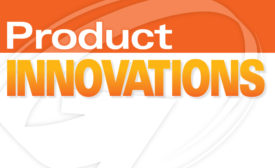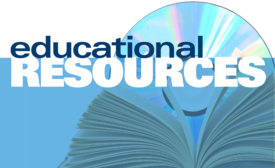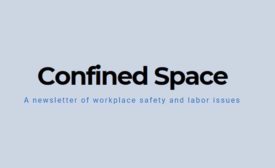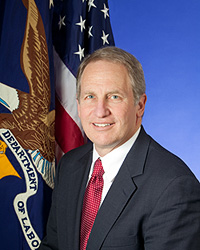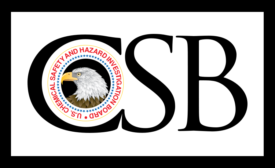Home » hazmat
Articles Tagged with ''hazmat''
Black lung resurgence is "outrageous," says UMWA
“This is not a dust problem, it is an enforcement and compliance problem.”
April 12, 2018
A Confined Space blog post
Nightmare now showing at chemical facility near you
April 6, 2018
Never miss the latest news and trends driving the safety industry
eNewsletter | Website | eMagazine
JOIN TODAYCopyright ©2024. All Rights Reserved BNP Media.
Design, CMS, Hosting & Web Development :: ePublishing


